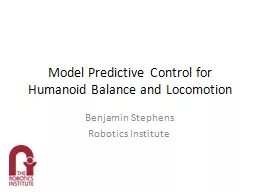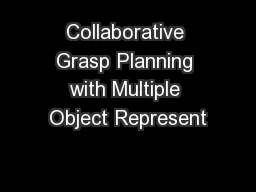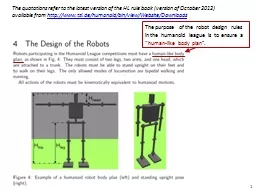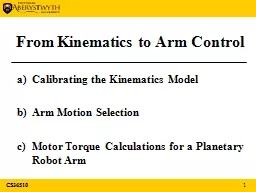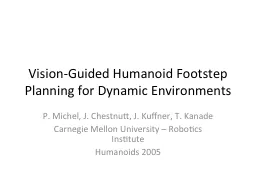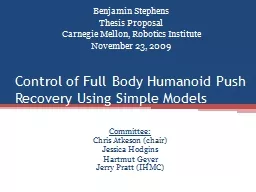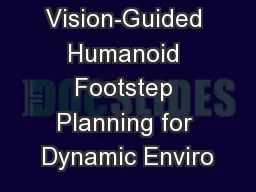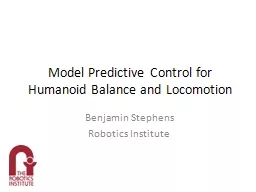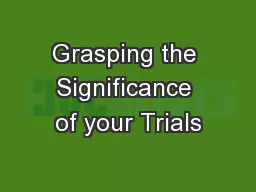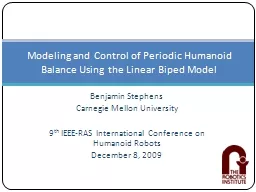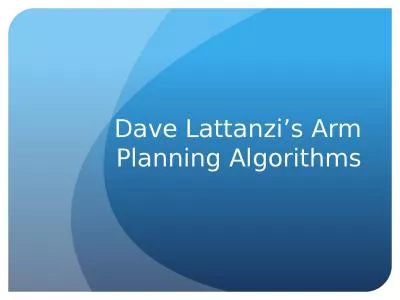PPT-Humanoid Motion Planning for Dual-Arm Manipulation and Re-Grasping Tasks
Author : giovanna-bartolotta | Published Date : 2019-11-07
Humanoid Motion Planning for DualArm Manipulation and ReGrasping Tasks Nikolaus Vahrenkamp Dmitry Berenson Tamim Asfour James Kuffner Rudiger Dillmann Institute
Presentation Embed Code
Download Presentation
Download Presentation The PPT/PDF document "Humanoid Motion Planning for Dual-Arm Ma..." is the property of its rightful owner. Permission is granted to download and print the materials on this website for personal, non-commercial use only, and to display it on your personal computer provided you do not modify the materials and that you retain all copyright notices contained in the materials. By downloading content from our website, you accept the terms of this agreement.
Humanoid Motion Planning for Dual-Arm Manipulation and Re-Grasping Tasks: Transcript
Download Rules Of Document
"Humanoid Motion Planning for Dual-Arm Manipulation and Re-Grasping Tasks"The content belongs to its owner. You may download and print it for personal use, without modification, and keep all copyright notices. By downloading, you agree to these terms.
Related Documents


